How to Measure Success in Customer Success
The 10 most useful KPIs to measure how effective your Customer Success team really is.
✨ Happy New Year! Wild to think it’s already 2024. Here’s to a productive and successful year.
Simply having a Customer Success team in place is not enough; you need to quantify the impact.
That's where Key Performance Indicators (KPIs) and metrics step in as valuable tools to evaluate how effective Customer Success is.
So, which KPIs should you focus on?
10 Most Useful Customer Success KPIs
Customer Retention Rate
Also referred to as logo retention, this metric calculates the percentage of customers who continue to use your product or service over a specific time period. A high retention rate indicates that you are effectively retaining customers, while a low rate may suggest churn issues. When retention rate is measured in dollar value instead of customers, it’s known as Gross Revenue Retention (GRR).
Net Revenue Retention (NRR)
NRR measures changes in revenue from existing customers, considering upsells, downgrades, and churn, excluding new customer revenue during the same period. This metric is more reflective of account growth vs. GRR as it takes into account upsells/expansion.
Renewal Rate
For subscription-based business models, renewal rate tracks the percentage of customers who renew their subscriptions or contracts at the end of their initial term. A high renewal rate (usually over 80%) is a positive indicator of customer success.
Churn Rate
Churn rate measures the percentage of customers who have stopped using your product or service within a given time frame. Reducing churn helps maintain a healthy customer base. However, it is a lagging indicator, meaning the customer was likely dissatisfied for a long time before not renewing.
Expansion Rate
Expansion Rate measures the percentage of revenue from customers that purchase additional products or services beyond their initial purchase. A higher rate indicates successful expansion, which Customer Success is often tasked with.
Time-to-Value (TTV)
Related to a customer’s return on investment (ROI), TTV measures the time it takes for customers to realize value from your product or service after the initial purchase or onboarding. Shortening TTV can improve customer satisfaction and retention.
Customer Lifetime Value (CLV)
CLV estimates the total revenue a customer is expected to generate over their entire relationship with your business. Increasing CLV through upselling or cross-selling can be a measure of success.
Customer Health Score
Developing a customer health score that combines various metrics (e.g. product usage, customer feedback, etc.) to assess the overall well-being of your customer accounts can be a useful early warning system for identifying at-risk customers.
Customer Satisfaction (CSAT)
CSAT measures overall customer satisfaction with your product or service. Customers are typically asked to rate their satisfaction on a scale (e.g., 1-5 or 1-10). High CSAT scores indicate that customers are generally happy, while lower scores may signal issues that need to be addressed.
Net Promoter Score (NPS)
NPS measures the likelihood of customers to recommend your product or service to others on a scale of 0-10. Promoters (score 9-10) are enthusiastic customers who may become advocates, while detractors (score 0-6) may be dissatisfied and at risk of churning.
Which KPIs to Focus on
It’s better to prioritize a few KPIs instead of trying to optimize for all 10.
To effectively measure Customer Success’s performance, you need to align your metrics with the overall business goals. For example, subscription-based companies with short renewal cycles may prioritize renewal rates, whereas those emphasizing account growth may opt for NRR.
Focus on the most crucial KPIs, and analyze them monthly to see the impact your Customer Success team is making.
Which KPIs are you focusing on? Let me know in the comments or feel free to reach out to me directly on LinkedIn if you have any questions or feedback.



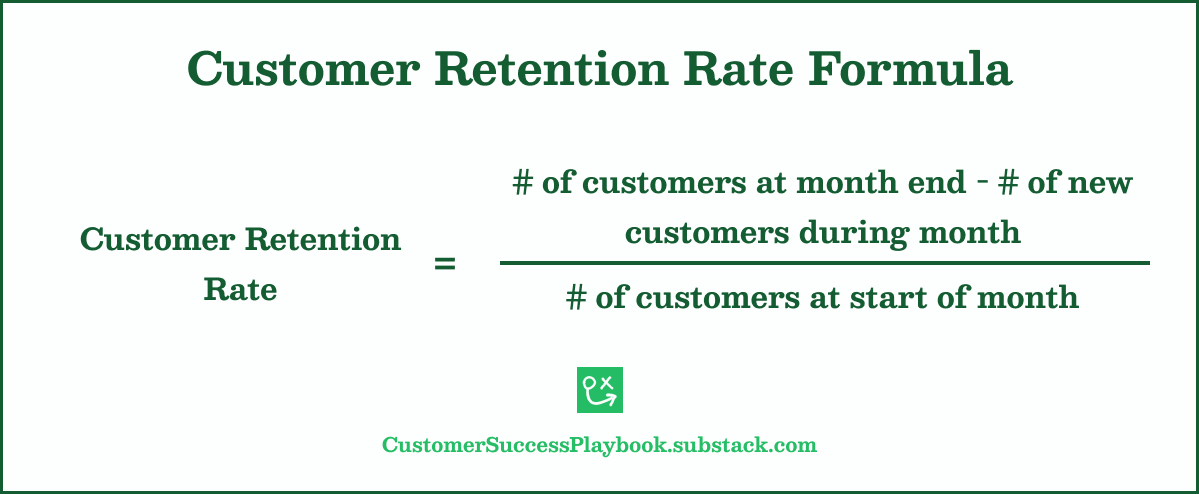
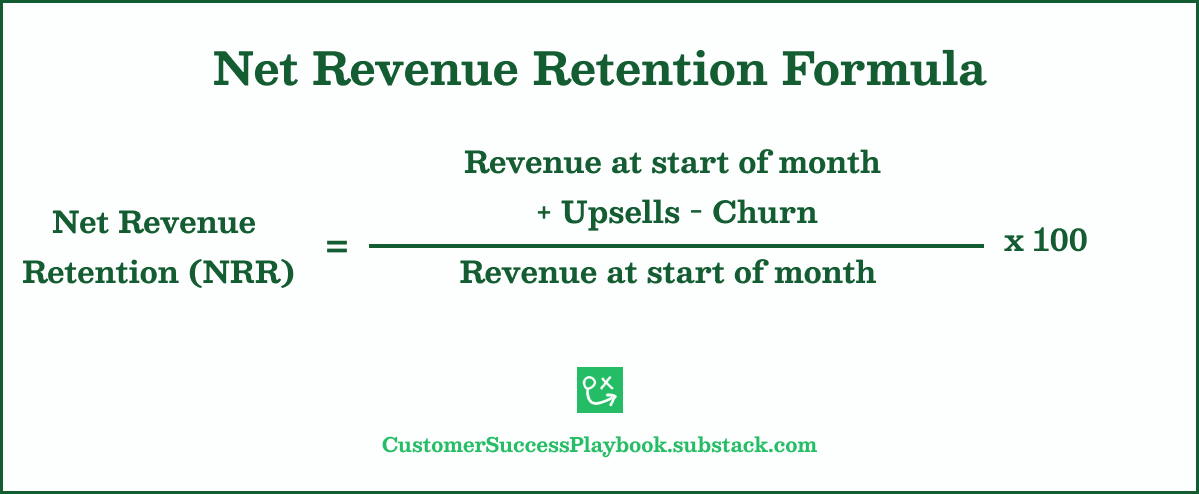
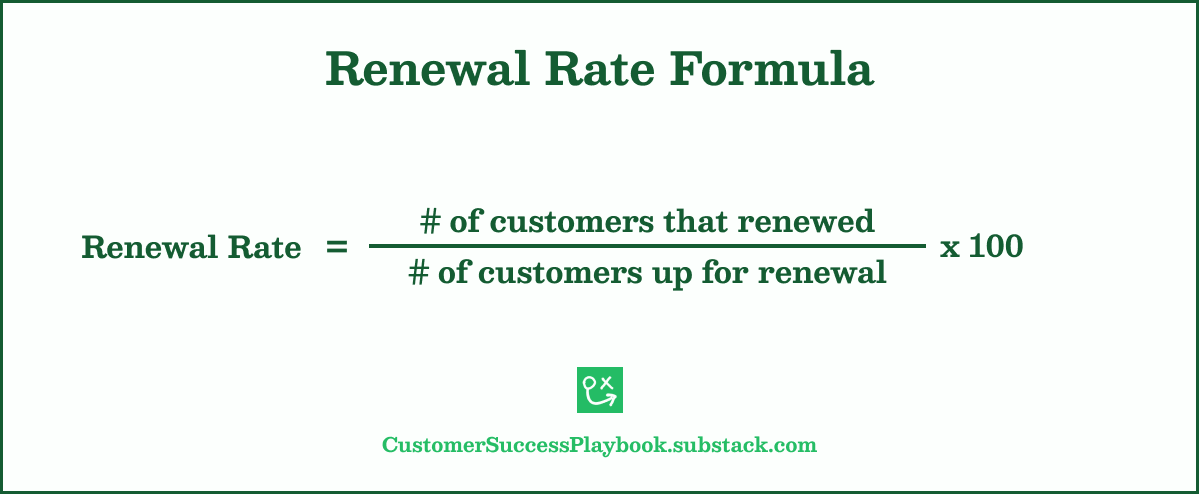

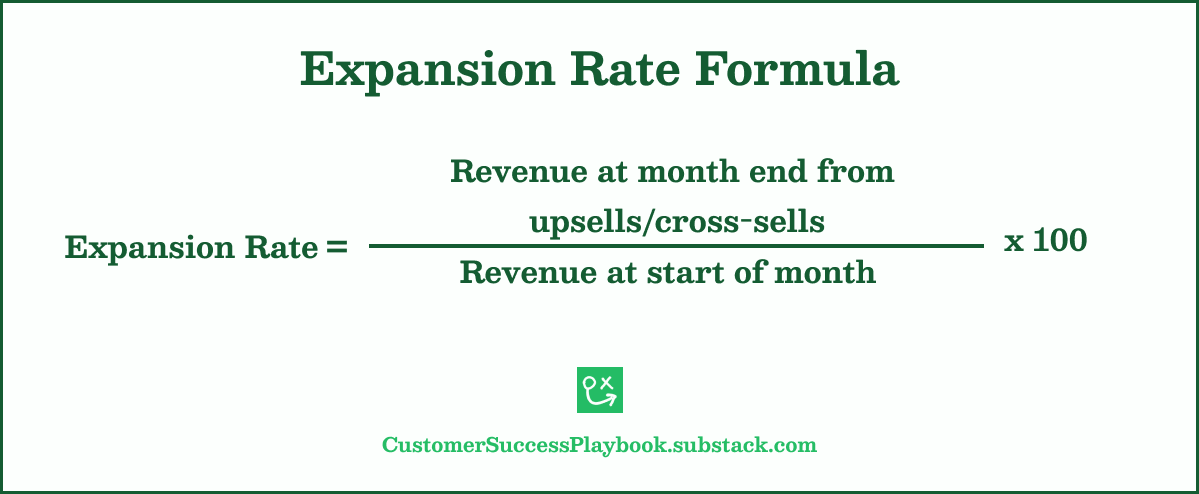
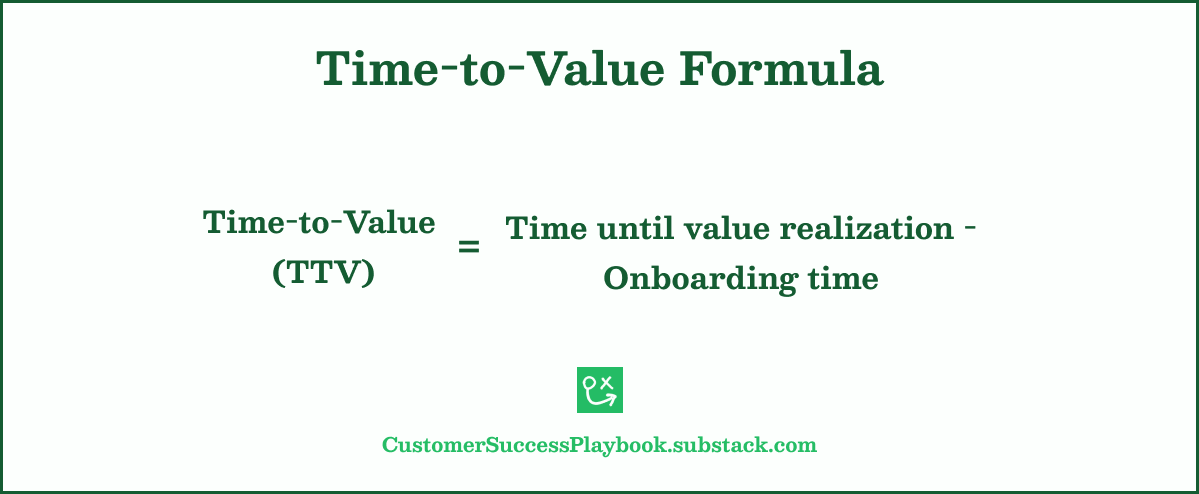
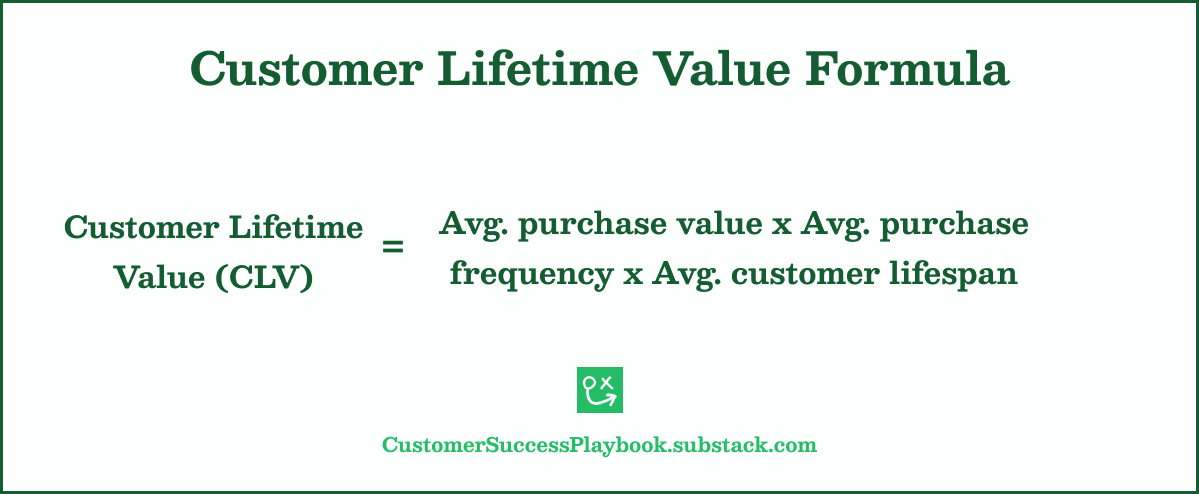
Cool breakdown 👌